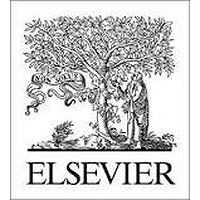The presence of protein corona on the surface of nanoparticles modulates their physiological interactions such as cellular association and targeting property. It has been shown that alpha-mangostin (alpha M)-loaded poly(ethylene glycol)-poly(L-lactide) (PEG-PLA) nanoparticles (NP-alpha M) specifically increased low density lipoprotein receptor (LDLR) expression in microglia and improved clearance of amyloid beta (A beta) after multiple administration. However, how do the nanoparticles cross the blood-brain barrier and access microglia remain unknown. Here, we studied the brain delivery property of PEG-PLA nanoparti-cles under different conditions, finding that the nanoparticles exhibited higher brain transport efficiency and microglia uptake efficiency after alpha M loading and multiple administration. To reveal the mechanism, we performed proteomic analysis to characterize the composition of protein corona formed under various conditions, finding that both drug loading and multiple dosing affect the composition of protein corona and subsequently influence the cellular uptake of nanoparticles in b.End3 and BV-2 cells. Complement proteins, immunoglobulins, RAB5A and CD36 were found to be enriched in the corona and associated with the process of nanoparticles uptake. Collectively, we bring a mechanistic understanding about the modulator role of protein corona on targeted drug delivery, and provide theoretical basis for engineering brain or microglia-specific targeted delivery system. (C) 2022 Chinese Pharmaceutical Association and Institute of Materia Medica, Chinese Academy of Medical Sciences. Production and hosting by Elsevier B.V.

The effect of drug loading and multiple administration on the protein corona formation and brain delivery property of PEG-PLA nanoparticles
Review badges
1 pre-pub reviews
0 post-pub reviews

